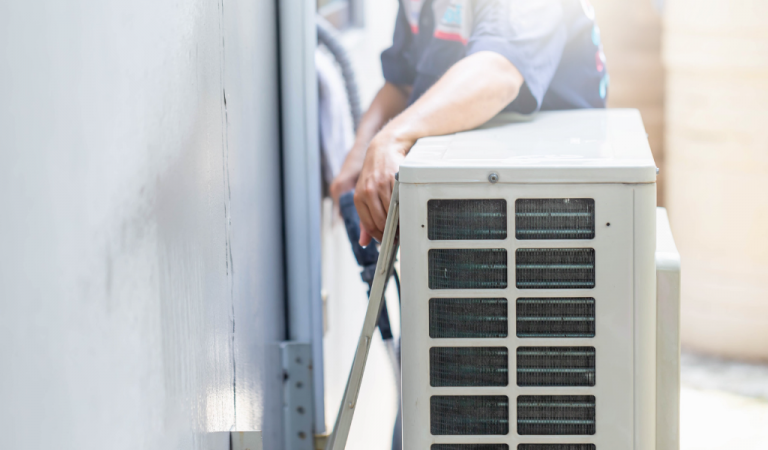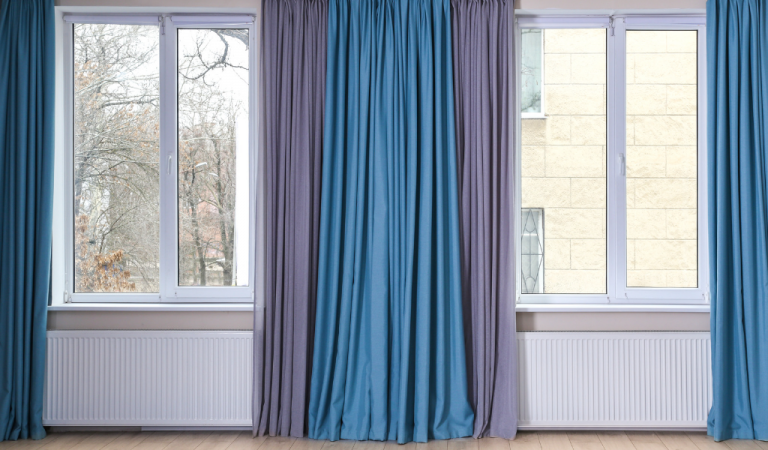3 Energy-Saving Tips for Winter
By Lisa Fant
Fall is gone and colder temperatures here to stay for the season. Heating your home can often cost more than cooling your home during summer, so learn how to keep the heat you use inside your home with these energy, and money, saving tips.

- 1. Weatherize Your Home
- The best way to save energy is to ensure heat isn’t escaping your home through leaks. The U.S. Department of Energy suggests hiring a qualified technician to perform an energy assessment. Your utility company may also offer a free or discounted assessment in addition to providing or installing energy-efficient products. A complete home energy assessment will pinpoint the location of air leakages in your home and determine how you can properly seal those areas.
Consider replacing your existing windows or doors with more energy-efficient products. The U.S. Department of Energy suggests ENERGY STAR certified windows and doors, which can lower household energy bills by an average of 12%. If you’re looking for a more cost-effective option, gaps and cracks in doors and window frames, pipes and wires, and wall or window-mounted air conditioning units can be weatherstripped or sealed with caulk to block drafts.

2. Inspect And Replace Your Furnace Filter
Replacing your furnace filter is an often forgotten but important maintenance service. To ensure your furnace is heating your home efficiently and not working harder than necessary, inspect it regularly. Many professionals recommend checking your furnace’s condition monthly–it’s filter will likely need to be cleaned or changed. If you prefer to seek professional advice, contact an HVAC professional who can best identify signs of system stress, help maintain the longevity of your system, and save on home energy costs.

3. Energy Efficient Window Treatments
Swapping lighter, linen window coverings for heavier drapes or curtains can serve as an additional layer of insulation by reducing cold drafts. According to the U.S. Department of Energy, about 30% of a home’s heating energy is lost through windows. While window treatments are not a substitute for proper insulation, they can help reduce heat loss and increase thermal comfort in the home. Consider taking advantage of natural sunlight by opening the curtains on sunny, winter days. The natural warmth of the sun will contribute to the heat inside your home without turning up the thermostat.

